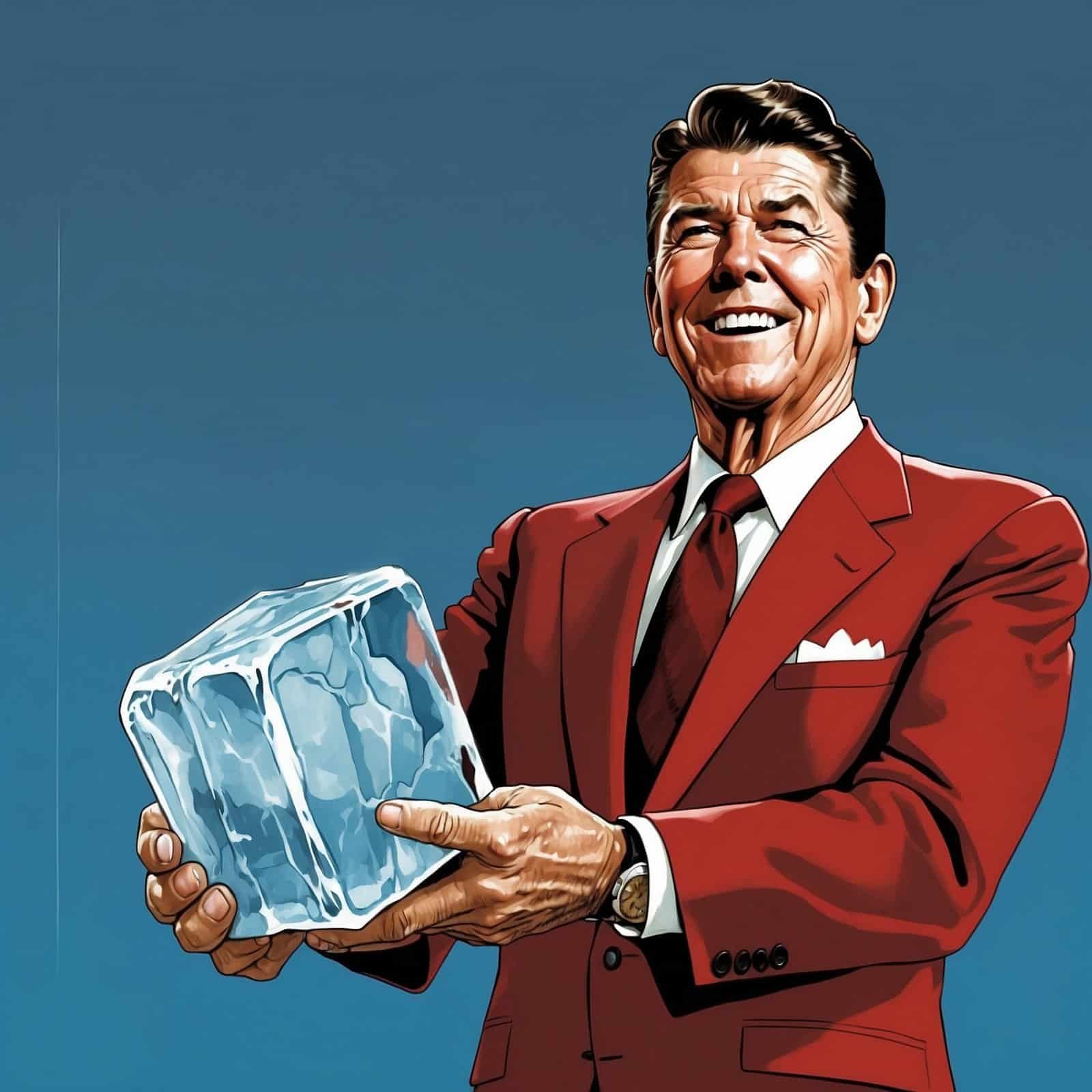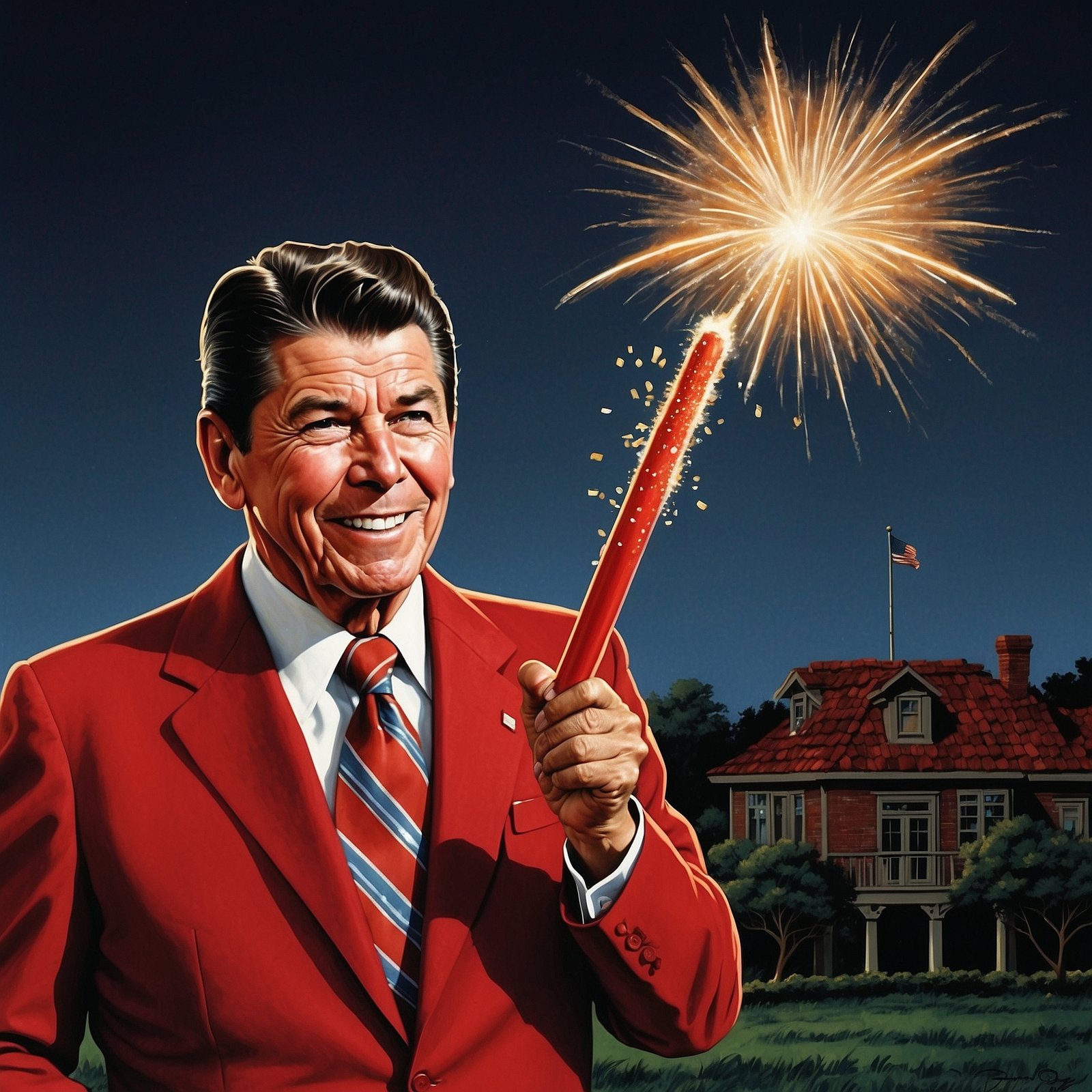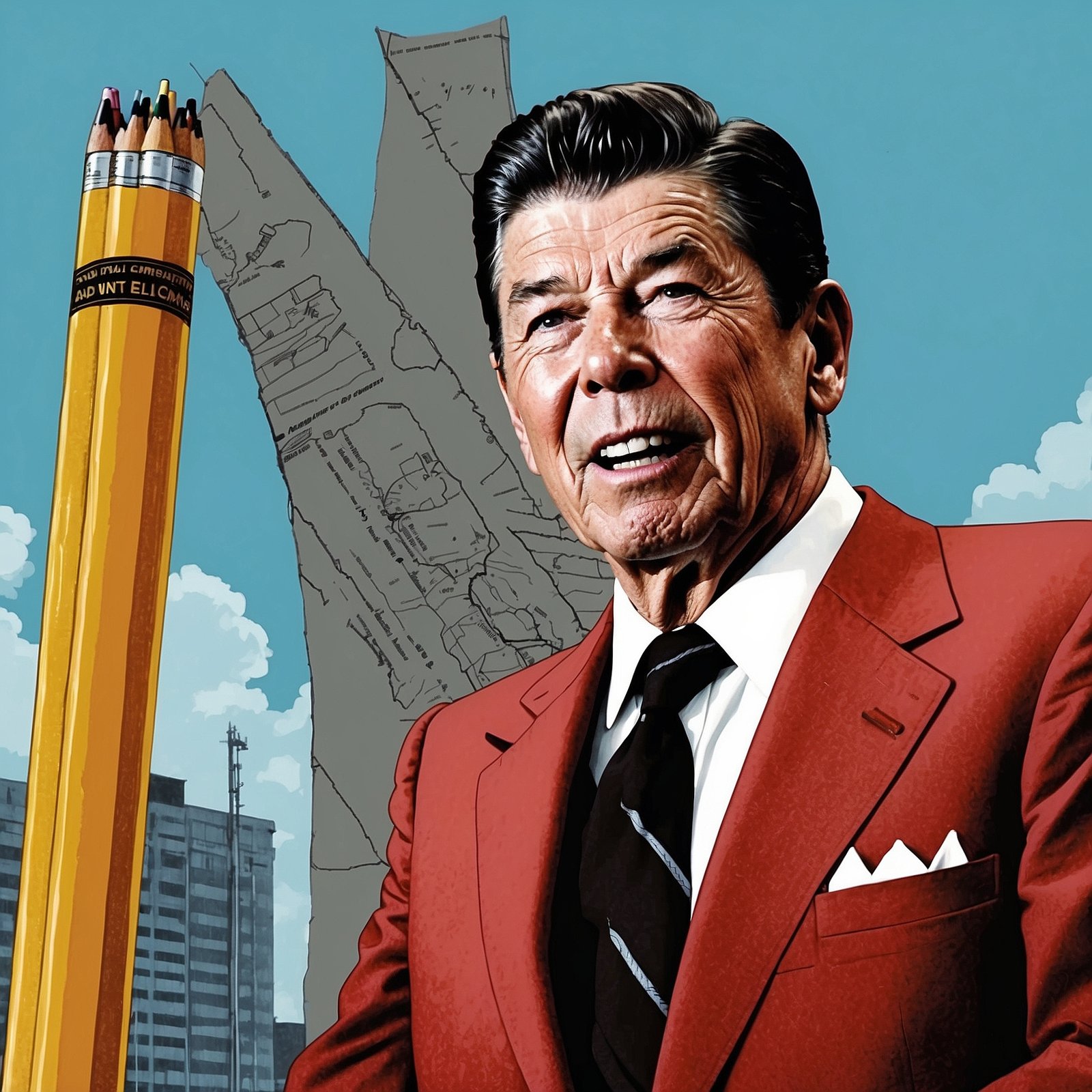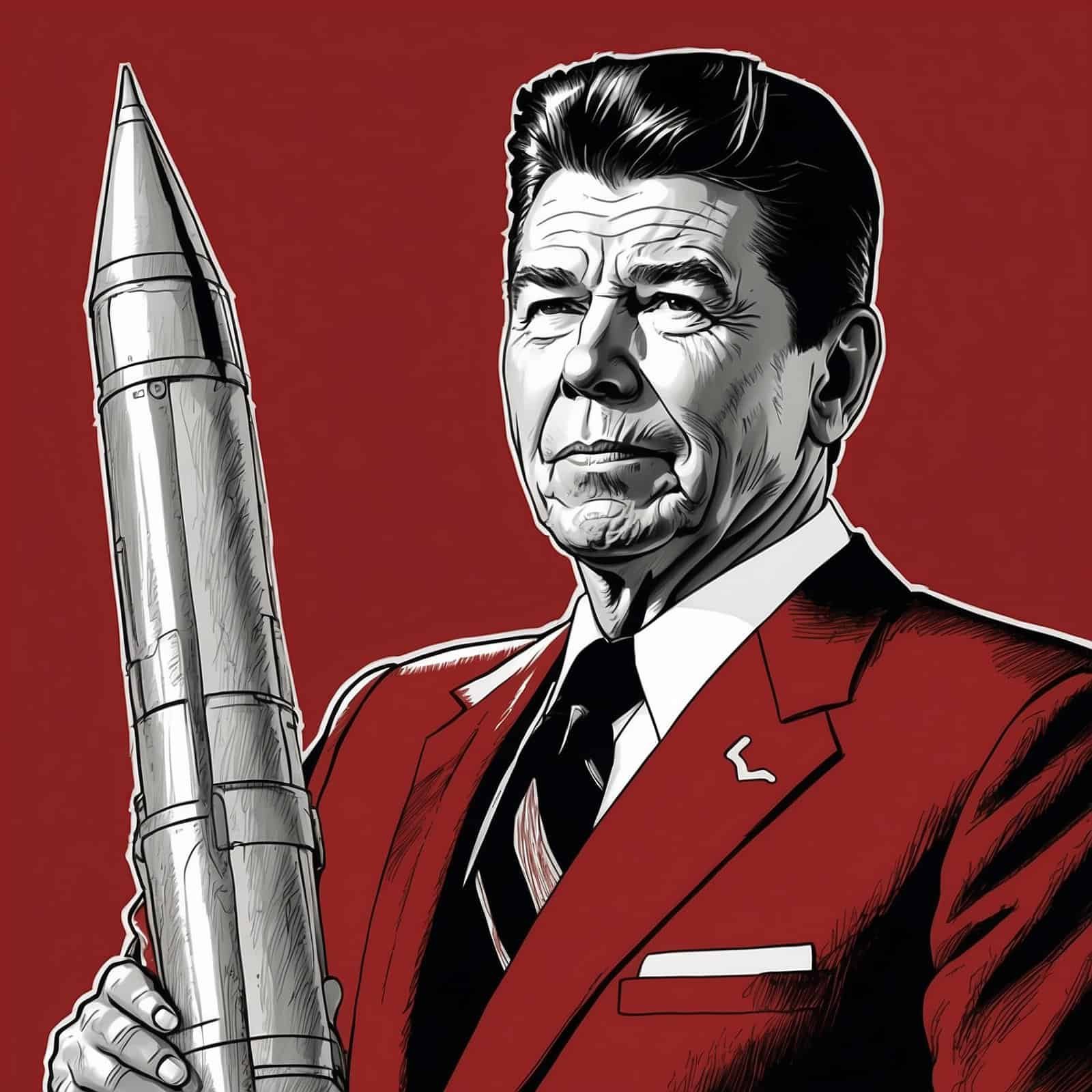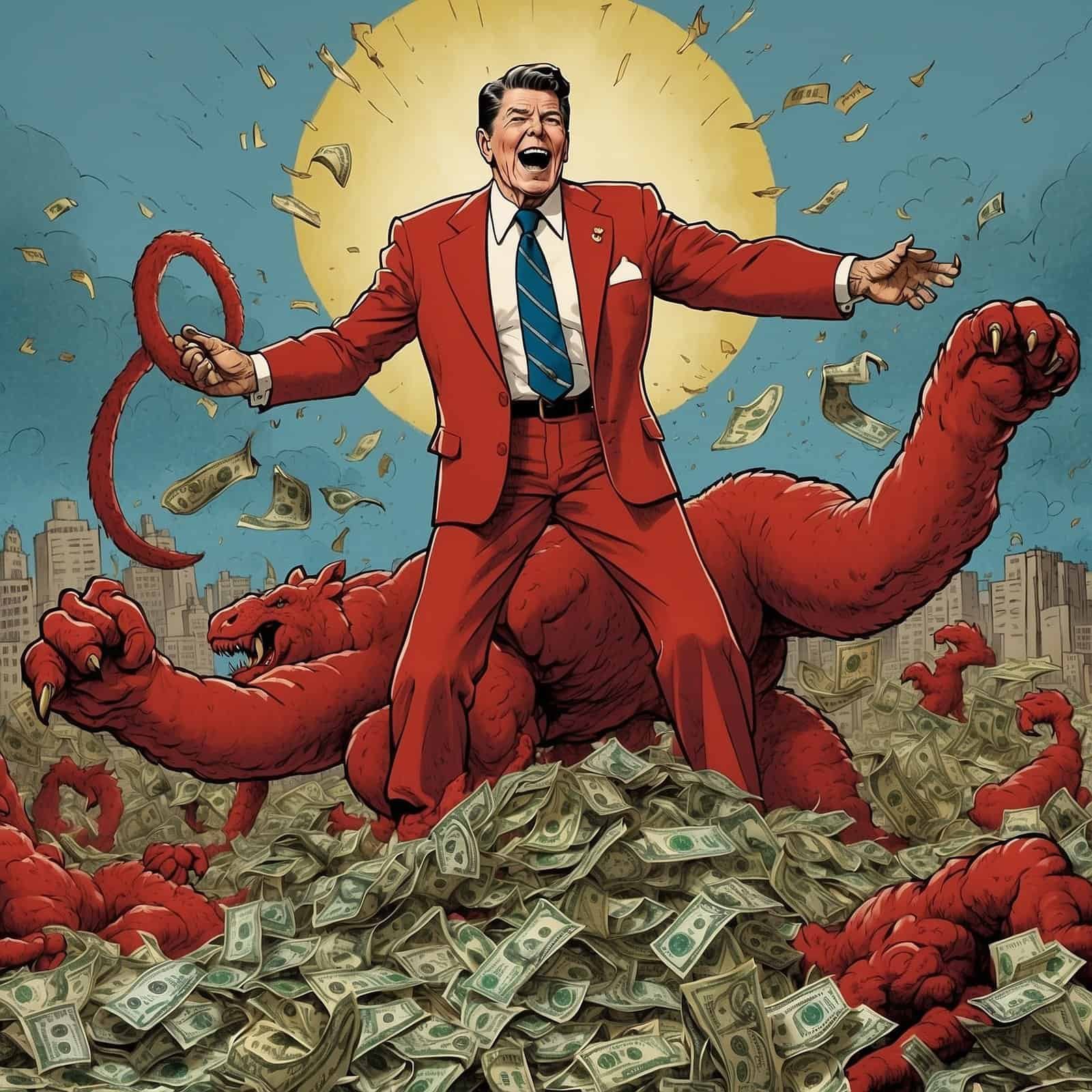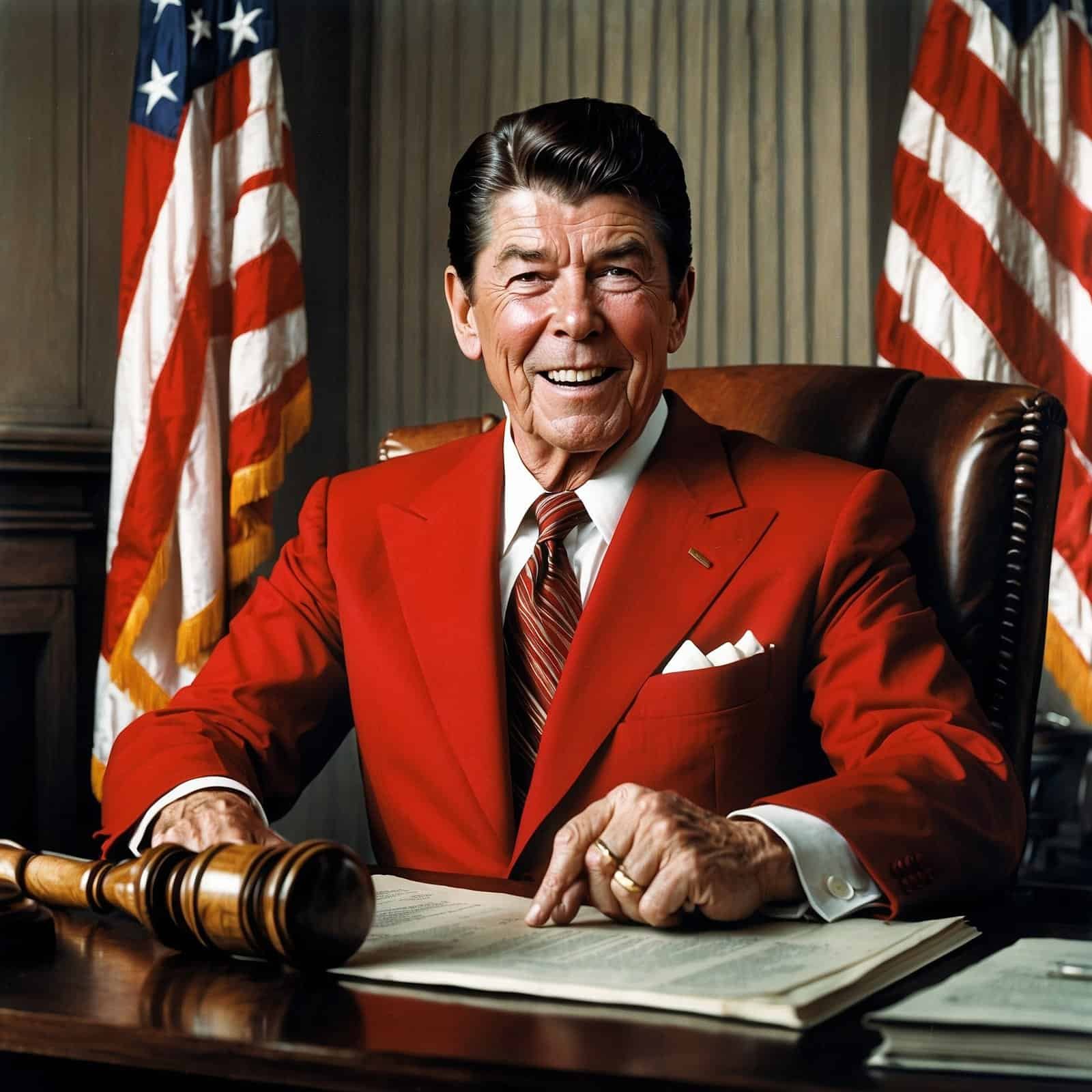Let’s wind the clock back to the 1980s, a time when Ronald Reagan was steering the ship of foreign policy with a steady hand and rock-solid conservative values. In the thick of Cold War tensions, Reagan pulled off quite a feat in improving U.S.-China relations. He showed that smart diplomacy and good old conservative common sense could work wonders for America’s place in the world. Reagan’s China strategy proved he could walk and chew gum at the same time – reaching out diplomatically while keeping our defenses strong and our conservative principles intact.
When Reagan took the reins in 1981, U.S.-China relations were still in diapers, having only been officially established a few years earlier under Nixon. Now, Reagan was no softie when it came to communism, but he was sharp enough to see that China could be a useful counterweight to the Soviets. He didn’t just charge in like a bull in a china shop (pun intended). Instead, he crafted a smart, practical approach: build bridges with China while standing tall for American values and interests.
The One China Tightrope: Reagan’s Balancing Act
One of Reagan’s clever moves was giving a nod to the One China policy. This diplomatic dance acknowledged Beijing’s view on Taiwan while still keeping Taiwan in our back pocket. It was like telling two quarreling siblings, “Sure, you’re in charge,” while winking at the other one. Reagan followed this up with the U.S.-China Joint Communiqué of 1982, which talked about gradually reducing arms sales to Taiwan. But here’s the kicker – Reagan made darn sure that we kept Taiwan’s defenses strong. It was classic conservative thinking: talk softly, but keep a big stick handy.
Reagan’s China Policy: By the Numbers
- 1981: Reagan takes office
- 1982: U.S.-China Joint Communiqué signed
- 37%: Increase in U.S.-China trade during Reagan’s presidency
- 70: Number of high-level visits between U.S. and Chinese officials (1981-1988)
Show Me the Money: Reagan’s Economic Engagement
Reagan, being the smart cookie he was, knew that economic ties could be a sneaky way to encourage political change and stability. By opening up trade and investment, he was basically inviting China to the capitalist party. This wasn’t just good for American businesses; it was like leaving breadcrumbs for China to follow towards a more open economy. Talk about killing two birds with one stone!
And let’s not forget how this approach made the lefties squirm. While Democrats were busy wringing their hands about “engaging with communists,” Reagan was playing 4D chess, using economic engagement as a Trojan horse for American values. It’s almost like he knew what he was doing, unlike certain other administrations we could mention (looking at you, Carter).
Checkmate, Soviets: Reagan’s Geopolitical Genius
Reagan’s masterstroke was using China as a counterweight to the Soviets. By cozying up to China, he was basically giving the Soviet Union the cold shoulder. This wasn’t just smart; it was downright crafty. It was part of Reagan’s bigger plan of “peace through strength,” showing that you can talk turkey with potential enemies while keeping your powder dry.
Compare this to the Democrats’ idea of foreign policy, which usually involves apology tours and bowing to foreign leaders. Reagan showed that you can be tough and diplomatic at the same time – a concept that seems to fly over the heads of our liberal friends.
Realism in Action: Reagan’s Pragmatic Approach
Now, some folks might say, “Wait a minute, wasn’t Reagan supposed to be Mr. Anti-Communist?” Well, here’s where Reagan showed he had more brains than your average bear. He knew the world wasn’t black and white. He engaged with China without selling out American values or security. It was like inviting the school bully to your birthday party, but making sure he behaves himself.
This kind of smart thinking is what separates conservative realism from liberal wishful thinking. While Democrats dream of world peace through group hugs, Reagan showed that you can work with difficult partners without losing your spine.
Reagan’s Diplomatic Hat Trick
Reagan’s China policy was like walking a tightrope while juggling chainsaws – impressive and potentially dangerous. He managed to improve relations with China without ticking off our allies or letting our guard down. This balanced approach kept things stable in Asia and opened new doors for cooperation. It was a shining example of conservative foreign policy: strong, strategic, and economically savvy.
Meanwhile, what were the Democrats doing during this time? Oh, that’s right – still trying to figure out how to spell “foreign policy” without using spell check.
A Conservative Masterclass in Diplomacy
From where we’re sitting, Reagan’s handling of U.S.-China relations was nothing short of brilliant. It drove home the point that you can deal with potential foes through strength and smarts, all while keeping the home fires of national interests burning bright. Reagan showed that economic and diplomatic ties can go hand-in-hand with a strong defense – something that seems to boggle the minds of our liberal friends.
It’s worth noting that while Reagan was crafting this nuanced, effective foreign policy, Democrats were probably busy trying to figure out how to tax success and redistribute wealth. You know, the usual.
Wrapping It Up: Reagan’s China Legacy
In the end, Reagan’s work on U.S.-China relations stands as a testament to his pragmatic conservatism and foresight. By striking a balance between diplomatic outreach and strong defense, Reagan showed that conservative principles are the secret sauce for effective foreign policy in a complex world.
So here’s to Ronald Reagan – a leader who knew how to play the global game of chess while the Democrats were still learning checkers. He enhanced America’s standing and promoted a balanced approach to international relations that we could sure use more of today. Cheers to the Gipper – may his wisdom continue to guide conservative foreign policy for generations to come!
Table of Contents
- The One China Tightrope: Reagan’s Balancing Act
- Show Me the Money: Reagan’s Economic Engagement
- Checkmate, Soviets: Reagan’s Geopolitical Genius
- Realism in Action: Reagan’s Pragmatic Approach
- Reagan’s Diplomatic Hat Trick
- A Conservative Masterclass in Diplomacy
- Wrapping It Up: Reagan’s China Legacy

